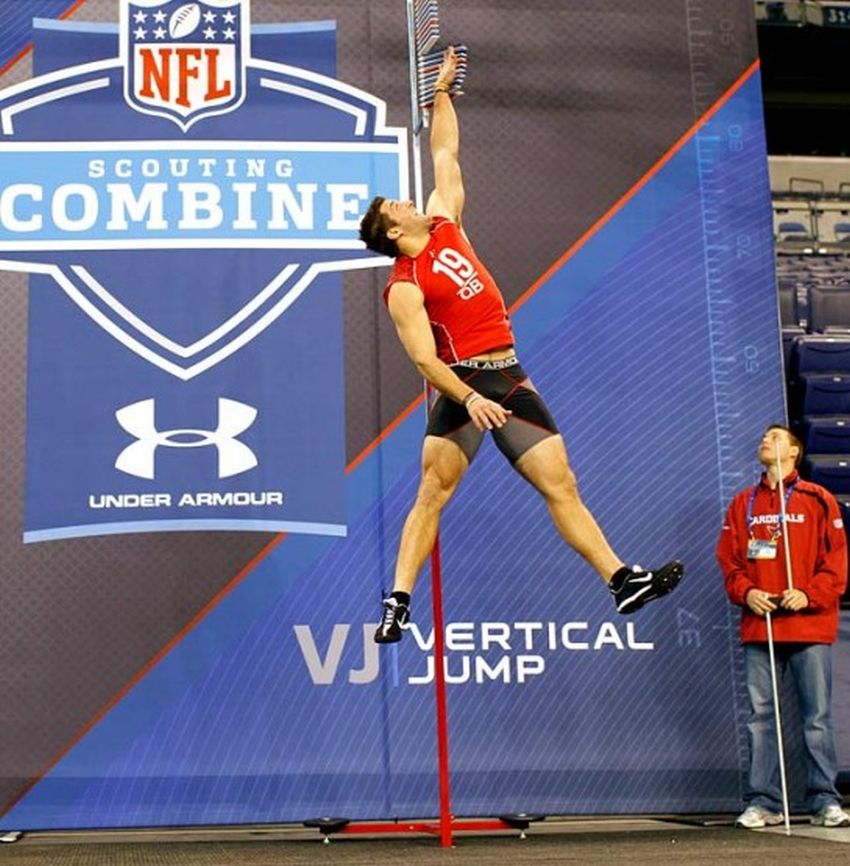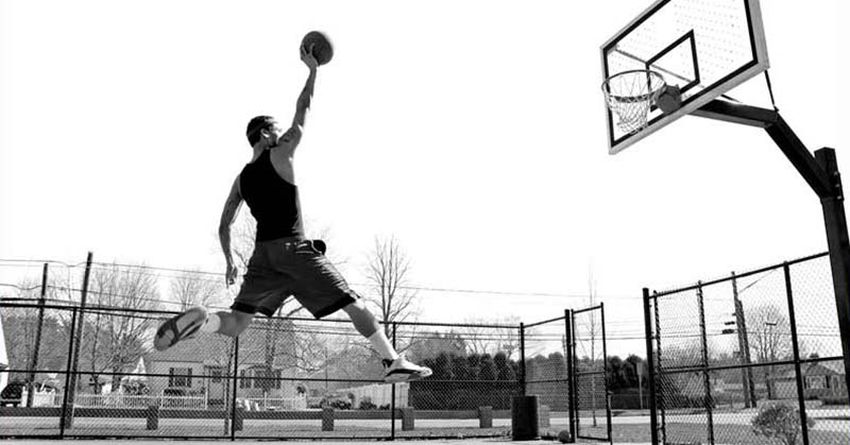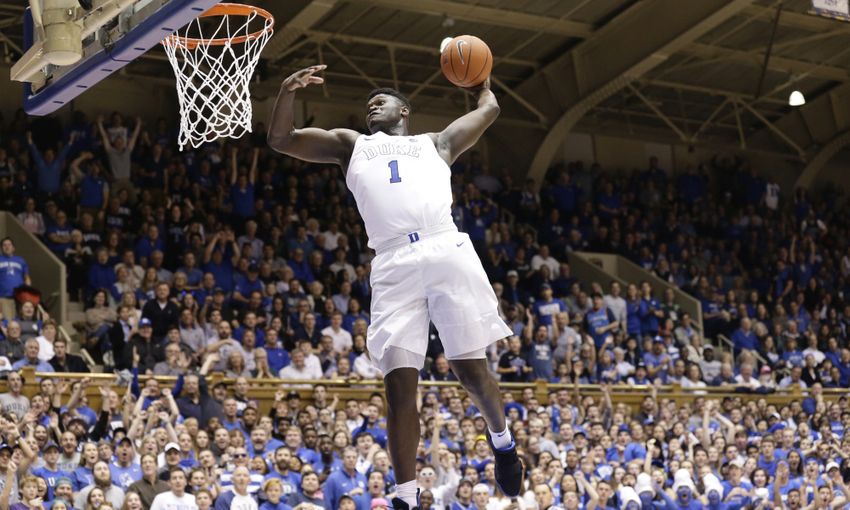For as long as most of us can remember, the vertical jump has been one of the main determinants that we use to measure our athleticism.
A person with a higher vertical jump has been correlated with better athleticism and perceived to be a better player/athlete overall.
If you want to find out to jump higher and become more athletic, check out higherverticaljump.com for some of the best vertical jump programs!

source:simplifaster.com
In today’s world, there are events like the running long jump, the vertical jump test at the NBA and NFL draft combines, pole vaulting, the high jump, and many more events that make the argument more convincing of how much impact a vertical jump has on a person’s performance.
But where did this all start? And why does the vertical jump seem like such a great tool for measuring all of these factors for athletes?
Well, it is said that the first vertical jump test started in the early 1920s to measure the athleticism and the lower body strength of athletes.

source:simplifaster.com
Since then, it has transcended all sports.
Now, many professional associations have incorporated it as both a test as well as an event to measure who is the best at it currently and even potentially of all-time.
For instance, we watch the Olympics and see numerous events that measure who the highest jumper is.
Events such as the high jump, pole vaulting, the running long jump, and triple jump are just some of the Olympic track and field events that we wait patiently every four years to watch.
In the Olympics, the first high jump was held in the late 1800s. Since then, it has grown into an event that has gained incredible popularity even among young kids.
Over time as people are getting more athletic and sports science continues to develop, people break these athletic records.

source:thehoopsgeek.com
For instance, the winner of the first high jump record recorded a jump of 1.98 metres, whereas in the 2018 IAAF Championship, the winner recorded a jump of 2.36 metres.
That is nearly a 40-centimetre difference over the span of about 120 years – incredible!
It is certainly awesome to see how human beings are able to develop both mentally and physically as time progresses.
In the NBA and NFL, the vertical jump is seen as a great tool to measure the player’s current athleticism as well as their potential as a player in the future.
Players such as Lebron James and Zion Williamson are two examples.

source:overtimeathletes.com
These two players are about 6-foot-8 and 6-foot-7 respectively, with vertical jumps of more than 40 inches.
With this large body, weight, and ridiculous athleticism, many of the league’s general managers, coaches, and even fans could see the amount of potential that this one player could bring to their franchise.
It is very interesting how far the vertical jump has come in today’s sports world.
Although there are many different skills and traits that are involved in each sport to be successful as a player, athleticism and your vertical jump are some factors that you cannot simply teach sometimes. Especially when comparing professional athletes.
As more time passes, we will certainly see bigger athletes that are possibly even more athletic than today’s best athletes.
Until then, we should sit back and enjoy watching the players in today’s world.





